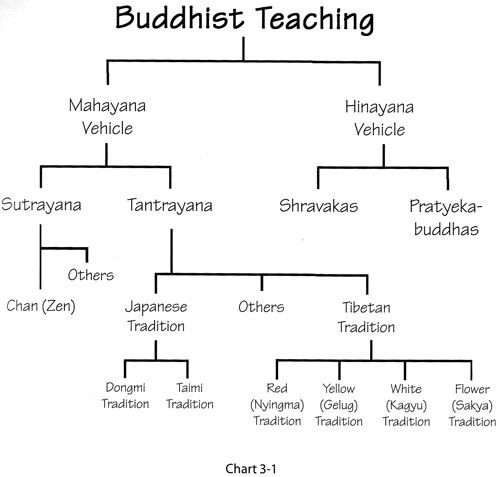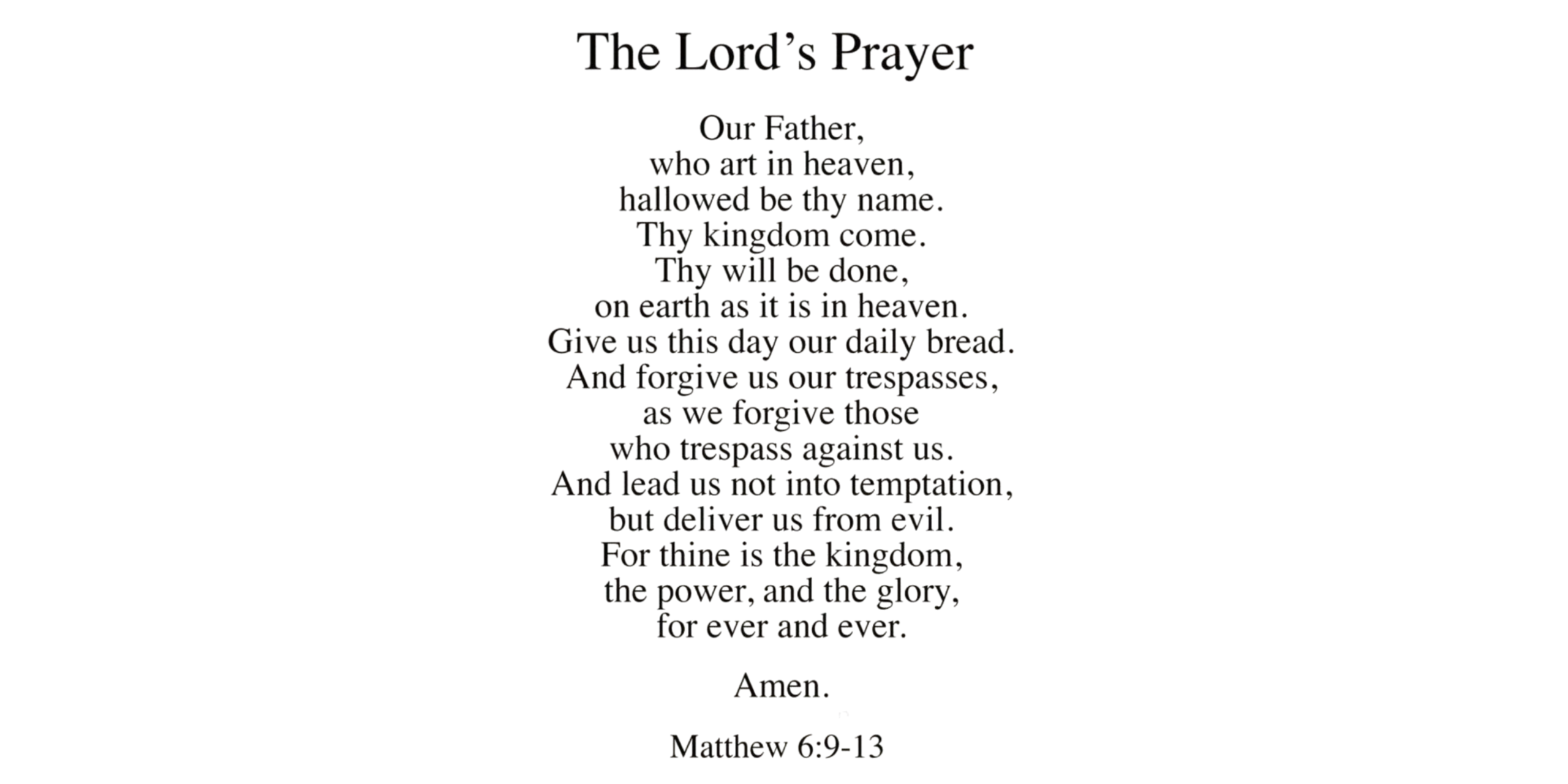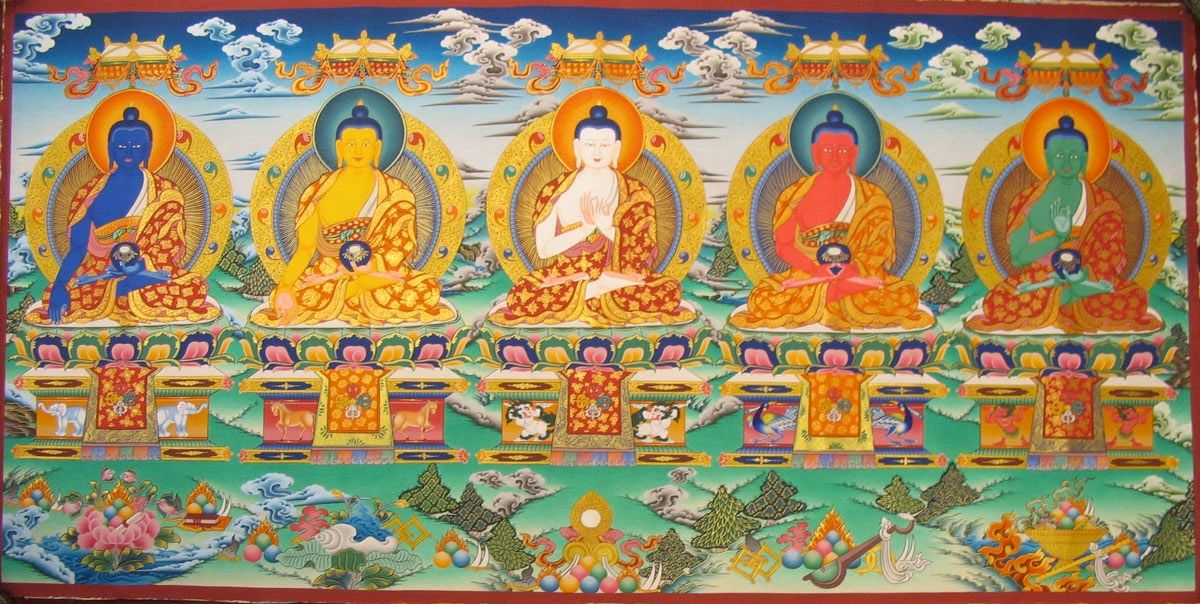Imagine starting your day not with the usual rush, but with a soft chant that wraps you in calm – a few simple words that help your mind settle and your heart feel lighter. That’s the quiet magic of mantras.
You’ve probably heard the word in yoga classes, spiritual spaces, or maybe even from your grandmother who chanted during her morning rituals. But what are mantras really? And why have they stood the test of time across generations and cultures?
Let’s walk through the essence of mantras – where they come from, why they matter, and how you can gently welcome them into your daily life.
At its core, a mantra is a sound, word, or phrase – often in Sanskrit – repeated either silently or aloud. It’s not just about the meaning of the words. It’s about the vibration, the intention, and the rhythm.
The word mantra comes from two Sanskrit roots:
- ‘Man’ meaning mind
- ‘Tra’ meaning tool or instrument
So, a mantra is quite literally a tool for the mind.
Don’t worry, you don’t need to know Sanskrit or be religious to use a mantra. In fact, even outside spiritual contexts people use the word “mantra” to mean a guiding principle or repeated affirmation (like someone saying “my mantra is just be yourself”). In our context here, we’re talking about the traditional, sacred mantras that come from spiritual traditions. These have been used for thousands of years to promote peace, clarity, and a connection to something greater.
Why Mantras Matter: A Quick Historical Glimpse
Long before scientific journals or guided meditation apps, mantras were shaping inner worlds.
They date back thousands of years, rooted in the Vedic traditions of ancient India. These chants were not just prayers; they were energy carriers, meant to tune the human mind to higher frequencies.
The earliest mentions of mantras are found in the Vedas, the ancient scriptures of India, dating back over 3,000 years. In India, Hindu sages chanted Vedic mantras as part of rituals and meditation practices. Over time, Buddhism, Jainism, and Sikhism (as well as other Eastern traditions) also developed their own rich collections of mantras. This means that mantras have been a core part of spiritual practice across much of Asia, passed down from teacher to student through generations.
In Hinduism, for example, priests and devotees chant mantras in Sanskrit during pujas (prayer ceremonies) and meditation. One well-known mantra from the Vedas is the Gayatri Mantra, a verse honoring the sun and the divine light. Buddhist practitioners, on the other hand, might recite mantras in Pali or Tibetan; a famous one is Om Mani Padme Hum, associated with compassion. In Tibetan culture, devotees even carve or paint this mantra onto stones and rocks as a form of devotion and blessings in the landscape.
Over in Japan and China, Buddhist sects like Shingon Buddhism use Sanskrit-origin mantras written in Chinese characters (called shingon or “true words”). Despite the cultural differences, the underlying idea is similar: sound as a channel to the sacred. Even in the West, mantras gained popularity in the 20th century through practices like Transcendental Meditation (where a personal mantra is given to meditators) and through yoga studios teaching chant to go along with poses. The key takeaway is that mantras are truly universal. Different religions and cultures have their own mantras, but they all recognize the power of sacred sound. When you use a mantra, you’re participating in a tradition that has been around a very long time. There’s something beautiful and comforting in that continuity.
Nearly every culture has its own version of mantras. Indigenous chants, Christian prayer beads, Jewish Torah recitations – they all use repetitive sound to anchor the mind.
Why Do Mantras Work? The Science Behind it.
Mantras have been used for centuries in spiritual traditions to cultivate focus, healing, and inner peace. But how do these simple, repeated sounds create such profound effects? Modern science offers fascinating insights into why mantras work, blending ancient wisdom with contemporary research.
1. Activating the Relaxation Response
When we chant or mentally repeat a mantra, it triggers the body’s natural relaxation response – the opposite of the stress-induced “fight or flight” mode. Studies by Dr. Herbert Benson (a pioneer in mind-body medicine) show that repetitive sounds, prayers, or phrases can slow heart rate, lower blood pressure, and reduce stress hormones. This explains why mantra meditation is so effective for anxiety and tension relief.
2. Quieting the Overthinking Mind (Default Mode Network)
The brain’s Default Mode Network (DMN) is responsible for mind-wandering, self-referential thoughts, and rumination—essentially, the mental chatter that fuels stress. Focusing on a mantra disrupts this cycle, acting like an anchor to bring the mind into the present. Over time, this practice can enhance concentration and reduce excessive thinking.
3. Shifting Brainwaves for Calm and Clarity
Different mental states correspond to different brainwave frequencies:
- Beta waves (active thinking, stress)
- Alpha waves (relaxed focus, creativity)
- Theta waves (deep meditation, intuition)
- Delta waves (deep sleep, healing)
Mantra repetition has been linked to increased alpha and theta activity, promoting a state of calm alertness or deep meditative awareness. This shift can enhance mental clarity and emotional balance.
4. The Power of Sound & Vibration (Entrainment)
Sound has a direct impact on our physiology – think of how music can instantly change your mood. The concept of entrainment suggests that rhythmic vibrations (like those from a mantra) can synchronize with our brainwaves, heart rate, and nervous system, bringing them into harmony. This may explain why chanting certain mantras (like “Om”) can create a sense of deep resonance and balance.
5. Intention & Manifestation
A mantra is more than just a sound – it’s a conscious intention. By repeating a phrase like “I am calm” or a sacred syllable like “Om Namah Shivaya,” we reinforce a mental pattern, much like planting a seed in the mind. With consistent practice, this intention grows, influencing thoughts, emotions, and even behavior.
6. The Spiritual Dimension
Beyond measurable effects, mantras hold a deeper, mystical significance for many practitioners. They are often seen as a bridge between individual consciousness and universal energy – whether called God, the Divine, or pure awareness. This sense of connection can bring profound peace, insight, and a feeling of oneness beyond words.
Mantras work on multiple levels – physiologically, mentally, and spiritually. They calm the nervous system, focus the mind, reshape the brain, and connect us to something greater. Whether approached as a tool for stress relief or a path to higher consciousness, their power lies in their simplicity and repetition. The more we engage with them, the deeper their effects unfold.
Mantras in Daily Life: Simple Practices for Beginners
One of the wonderful things about mantras is that you can practice them almost anywhere, anytime. You don’t need special equipment – just your voice (or even just your mind). Here are some practical, everyday ways to start using mantras:
Morning Intention: Begin your day by chanting a mantra for a few minutes. For instance, when you wake up, sit up in bed or in a quiet spot, close your eyes, and softly repeat a mantra like “Om” or “Today, I am grateful.” This sets a positive tone for the day. It’s like tuning in your mind before the “music” of the day begins.
Stress Relief on the Go: Whenever you feel stressed or anxious, try silently repeating a calming mantra. Take a slow breath in and, as you exhale, mentally say “Om Shanti” (or any peaceful word that resonates with you, even an English word like “calm”). You can do this at work, while stuck in traffic, or during a tense moment. It’s a portable tool to recenter yourself.
Mantra Meditation Breaks: If you have 5-10 minutes to spare, do a mini mantra meditation. Find a comfortable seat, relax your shoulders, and choose a mantra. You might inhale deeply, and on the exhale, chant your mantra out loud. You could chant continuously or with each breath. Don’t worry about your voice – you can even whisper or just think it in your mind if you prefer. The key is gentle repetition. Some beginners set a timer for a few minutes so they can fully let go without peeking at the clock.
Incorporate into Existing Routine: Tie mantra practice to something you already do. For example, if you do yoga or stretch, you could end your session with a few mantra chants. If you enjoy walks, you might synchronize a mantra with your steps (silently saying part of the mantra with each footstep). I have a friend who says a short mantra before meals as a way of expressing thanks and mindfulness.
Listening to Mantras: You don’t have to chant yourself to benefit – listening is powerful too. There are many beautiful recordings of mantra music and chanting. Play a mantra chant softly in the background while you relax, or use it to help you fall asleep. When you listen, try to do so attentively: feel the sound vibrations, notice how they make you feel. It becomes a mindful listening exercise.
Personal Affirmation Mantras: If traditional Sanskrit mantras feel intimidating at first, start with a personal mantra in your own language. It could be an affirmation like “I am peaceful and present” or “I am loved”. Repeat it with intention, maybe during your morning mirror time or in the shower. Over time, you might get curious about classic mantras from spiritual traditions, but there’s nothing wrong with starting simple. The goal is to choose something meaningful to you.
Using a Mala (Prayer Beads): As you explore mantras, you might notice people using bead necklaces, called malas, with typically 108 beads. You can hold a mala and repeat your mantra once per bead, which is a lovely tactile way to keep track of repetitions (108 is a sacred number in Eastern traditions, but the number is less important than the practice itself). Using a mala can help keep your mind focused, and it adds a ritualistic feel to your practice. However, this is optional – you absolutely don’t need beads to chant, but some beginners find it enjoyable.
Remember, there’s no single “right” way to use a mantra daily. The best practice is one you’ll actually do. So weave it into your life in whatever way feels natural. Maybe you start with just 2 minutes of Om chanting during your coffee break. Or you hum a soothing mantra tune while tidying up your room. These small moments can make a big difference over time.
Embracing the Journey
We live in a world that’s constantly talking. Notifications, opinions, reminders, alarms. Mantras invite you to listen – not outward, but inward. They don’t promise overnight transformation. But they do offer a space to breathe, to reconnect, and to remember that underneath all the noise, there’s a quieter part of you that’s always there – waiting, steady, still. And sometimes, all it takes to reach it… is a single word.
So go ahead and give it a try. Find a mantra that speaks to you, and make it yours. Whisper it in the quiet moments, sing it in the shower, think of it when you need a mental hug. Allow these ancient words to become a source of strength and serenity in your modern life. This warm, friendly practice might just become the heart of your spiritual routine, as it has for so many around the world. May your journey with mantras be filled with peace and discovery.
At Masi Wellness, we’re here to support you every step of the way — whether you’re looking to explore guided mantra meditations, deepen your understanding of ancient practices, or simply bring a little more peace into your daily life.
Visit masiwellness.com to explore our curated mantra resources, meditation guides, and soulful workshops.







